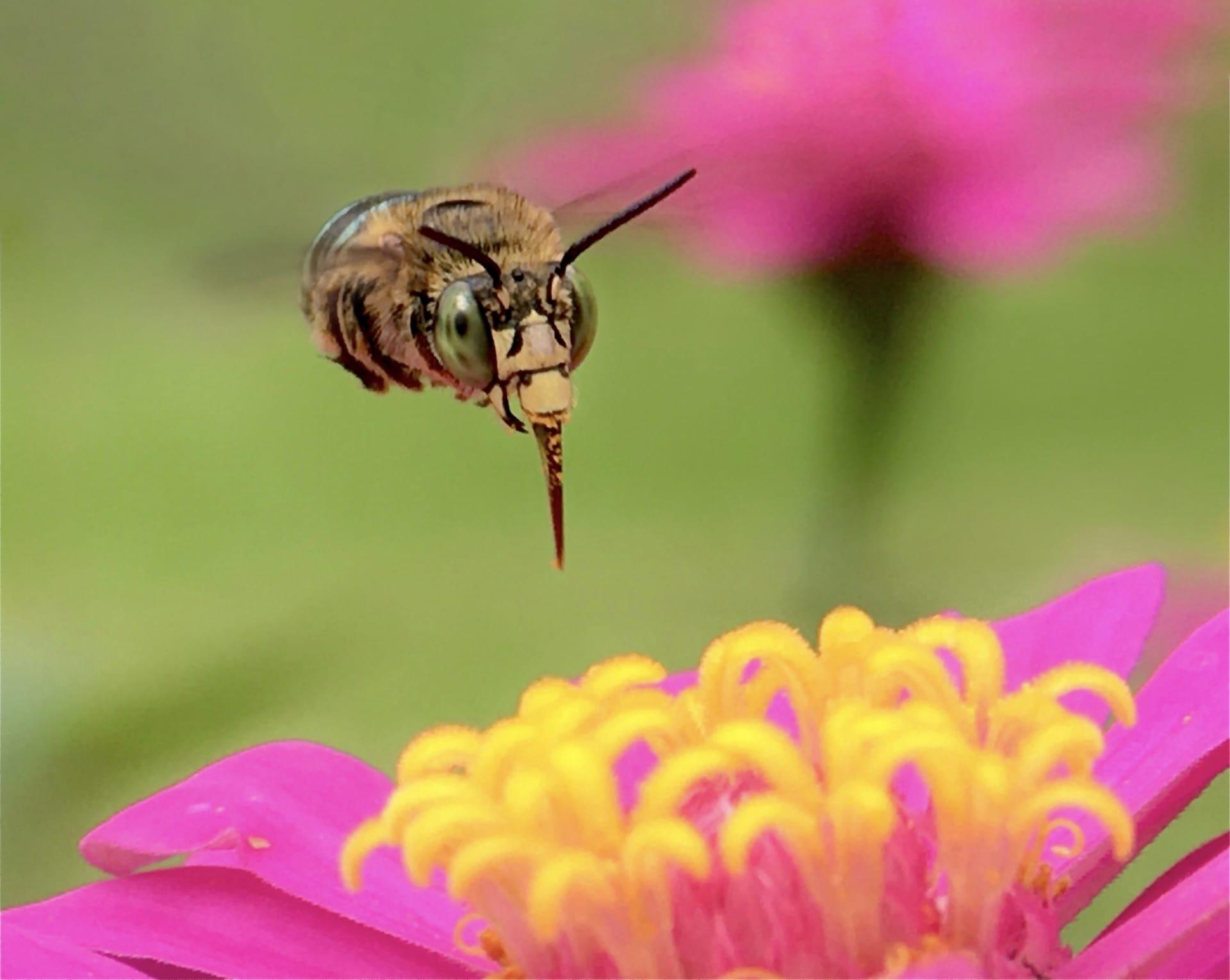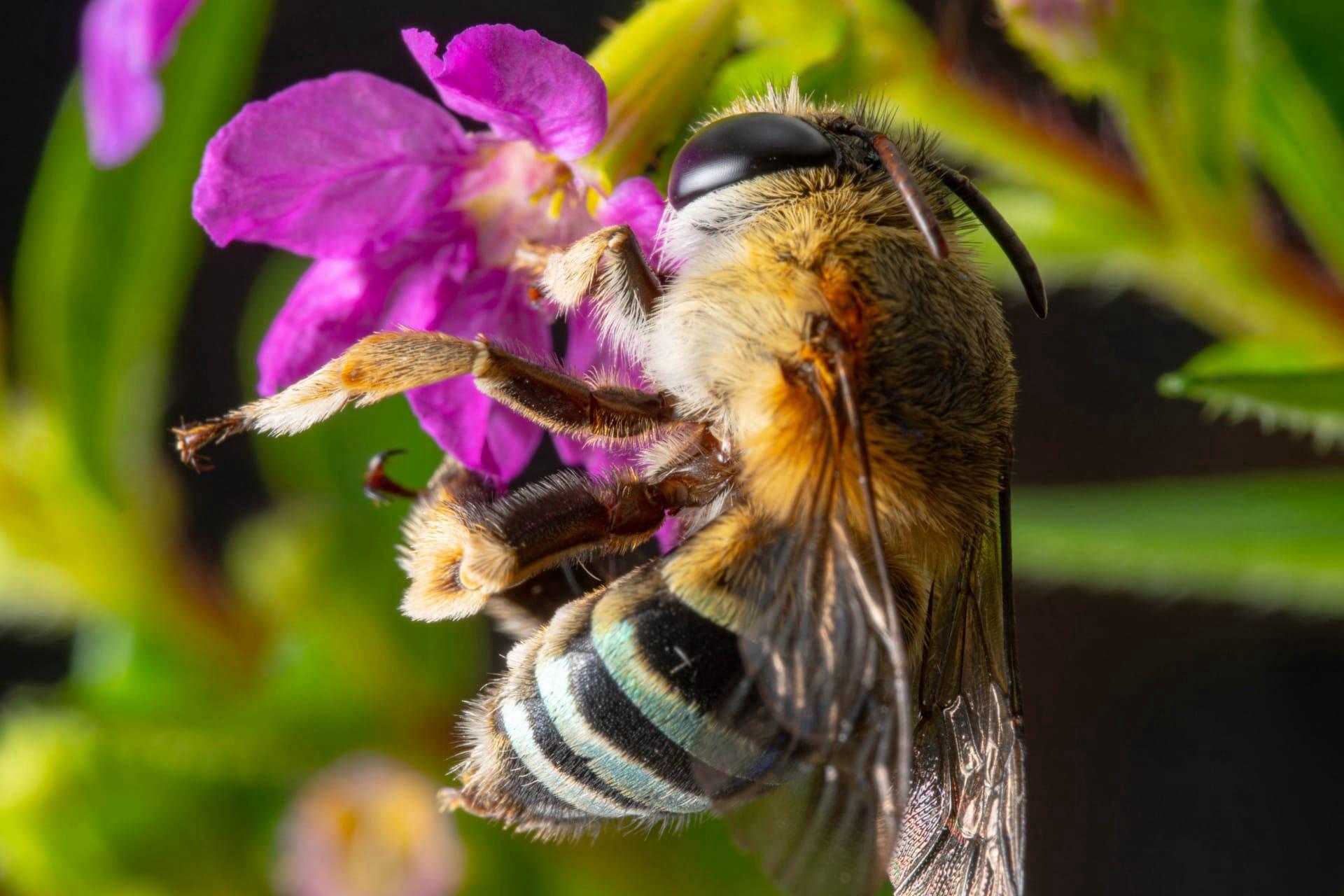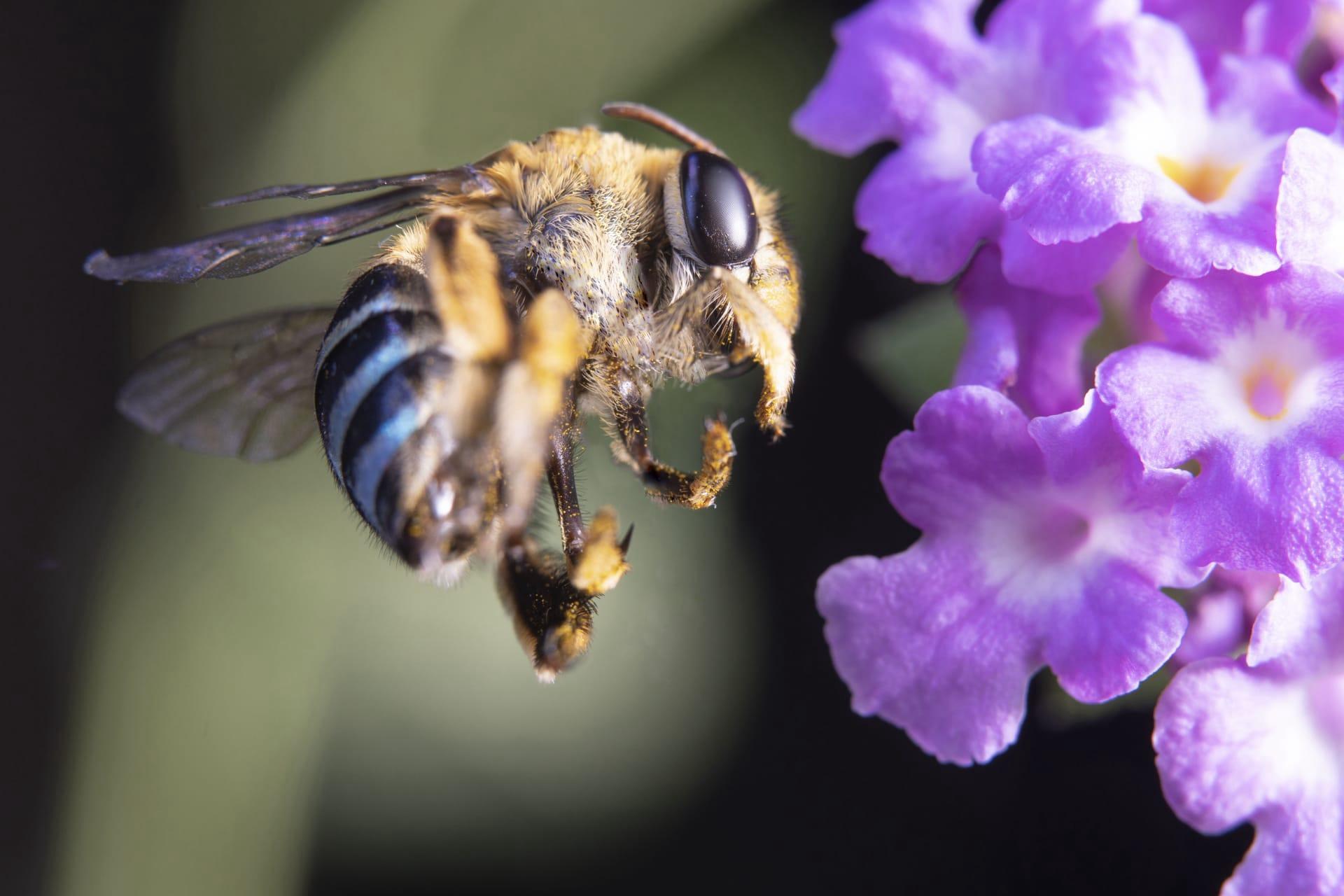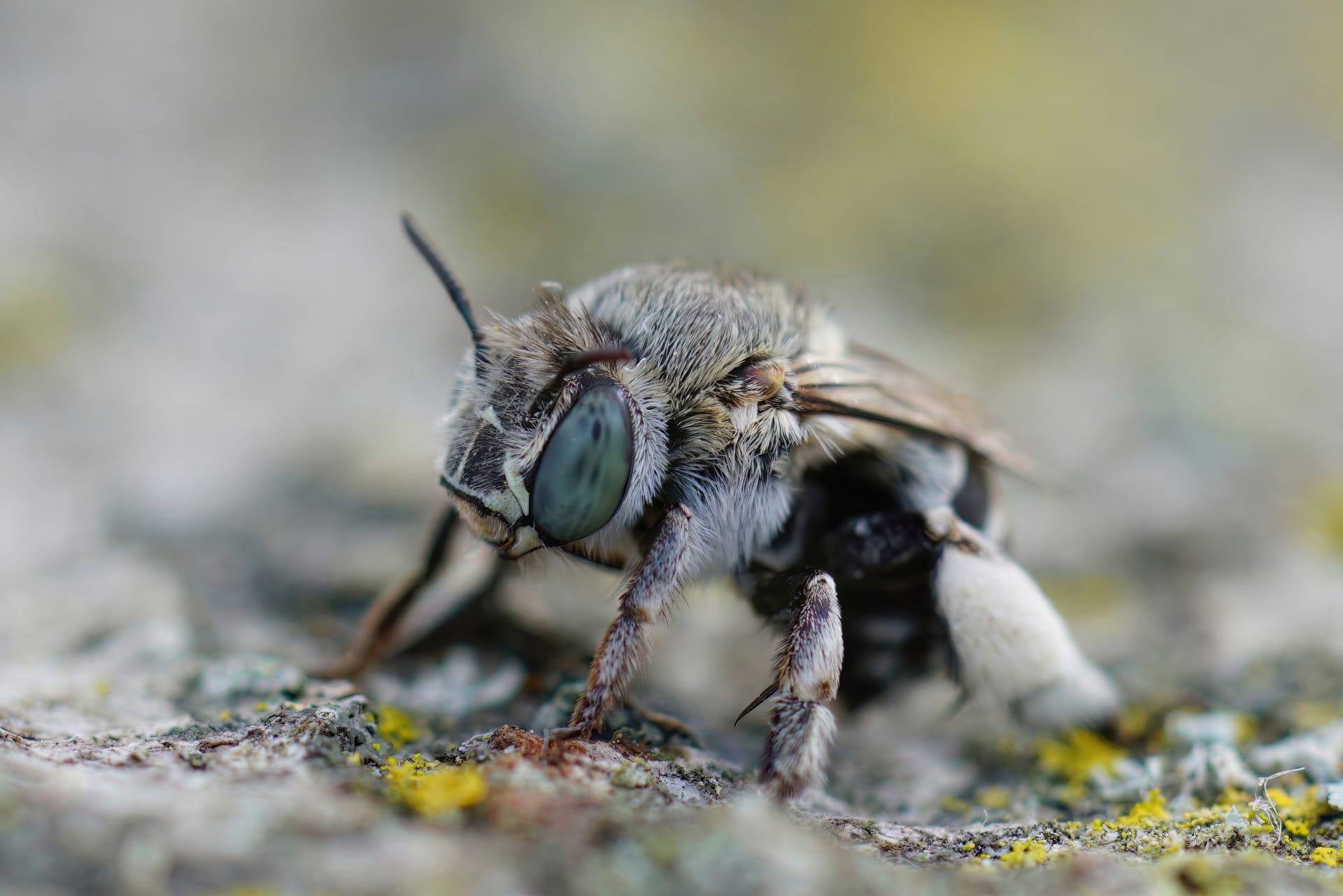Blue Banded Bee
- Home /
- Mini Encyclopedia /
- Animal /
- Blue Banded Bee
1
The Blue Banded Bee, scientifically known as Amegilla cingulata, belongs to the family Apidae, which includes many other bee species. This species is unique for its distinctive blue and black striped abdomen. It's a solitary bee, meaning it doesn't live in large colonies like honeybees. Unlike many of its relatives in the bee world, the Blue Banded Bee has a slightly more robust body and a rounder face, adaptations that aid in its particular lifestyle and feeding habits.
As for their distribution, Blue Banded Bees are primarily found in Australia, specifically prevalent in the eastern and northern regions. They are also spotted in Papua New Guinea, Indonesia, and parts of India. These bees favor warm climates and are commonly found in urban areas, gardens, and bushlands. Their presence in diverse environments indicates their adaptability and resilience in different habitats, ranging from dense forests to human-dominated landscapes.

2
Question: Do Blue Banded Bees produce honey like honeybees?
Answer: Contrary to popular belief, Blue Banded Bees do not produce honey in the same way that honeybees do. These solitary bees are not equipped to create honey stores for the winter as they don't form large colonies. Instead, they live independently, and their primary focus is on reproducing and feeding their offspring. They collect nectar and pollen, which they use to feed their larvae. The pollen is mixed with nectar to form a food source called "bee bread," which is stored in individual cells where the larvae develop.

3
The Blue Banded Bee has developed several unique survival strategies. One of its most notable behaviors is called 'buzz pollination' or sonication. This involves gripping onto a flower and vibrating their flight muscles rapidly, causing the pollen to be dislodged from the flower. This technique is particularly effective with flowers that have tubular anthers, making the Blue Banded Bee an essential pollinator for certain plants, including tomatoes and eggplants.
Another survival strategy is their nesting behavior. These bees do not build hives like honeybees. Instead, they nest in solitary burrows in soft sandstone, clay, or even in mud bricks in urban areas. Females create individual cells within these burrows, where they lay their eggs. This nesting style helps protect their offspring from predators and environmental extremes, ensuring a higher survival rate for the next generation.

4
In the ecosystem, Blue Banded Bees play a pivotal role as pollinators. Their buzz pollination technique is vital for the reproduction of many flowering plants, including several species that are economically important for agriculture. By aiding in plant reproduction, they contribute significantly to maintaining biodiversity and the overall health of ecosystems.
Moreover, the Blue Banded Bee's role extends beyond just pollination. As part of the food web, they serve as prey for various birds and insects, thereby supporting the biodiversity of their habitats. Their presence in an ecosystem indicates a healthy, functioning environment, as they are sensitive to extreme changes in their surroundings, including pesticide use and habitat destruction.

5
Film: "The Buzz on Bees" is a documentary released in the United States in 2018. It explores the life of various bee species, including the Blue Banded Bee. The film showcases their unique behaviors and the challenges they face in the modern world, emphasizing the importance of conserving bee populations for ecosystem health.
Book: "Wings of the World: A Journey with Bees" is a comprehensive guide written by Dr. Sarah Langley, published in the UK in 2021. It delves into the fascinating world of bees, dedicating a chapter to the Blue Banded Bee. The book details their life cycle, habitat, and the critical role they play in nature.
Book: "Buzz: The Nature and Necessity of Bees" by Thor Hanson, published in the United States in 2019, provides a captivating insight into the lives of bees, including the Blue Banded Bee. The author combines scientific research with engaging narratives to highlight the bees' importance in our ecosystem and the urgent need to protect them.